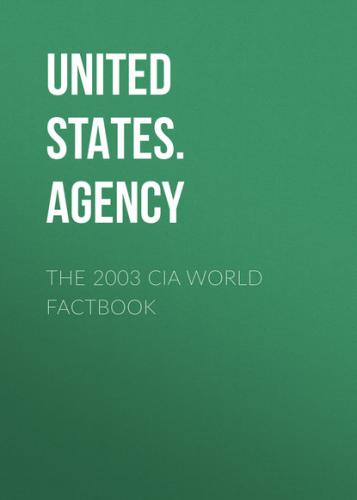Area:
total: 4,167 sq km (118 islands and atolls)
water: 507 sq km
land: 3,660 sq km
Area - comparative:
slightly less than one-third the size of Connecticut
Land boundaries:
0 km
Coastline:
2,525 km
Maritime claims: exclusive economic zone: 200 NM territorial sea: 12 NM
Climate:
tropical, but moderate
Terrain:
mixture of rugged high islands and low islands with reefs
Elevation extremes:
lowest point: Pacific Ocean 0 m
highest point: Mont Orohena 2,241 m
Natural resources:
timber, fish, cobalt, hydropower
Land use: arable land: 1.64% permanent crops: 6.01% other: 92.35% (1998 est.)
Irrigated land:
NA sq km
Natural hazards:
occasional cyclonic storms in January
Environment - current issues:
NA
Geography - note:
includes five archipelagoes (4 volcanic, 1 coral); Makatea in
French Polynesia is one of the three great phosphate rock islands in
the Pacific Ocean - the others are Banaba (Ocean Island) in Kiribati
and Nauru
People French Polynesia
Population:
262,125 (July 2003 est.)
Age structure:
0–14 years: 28.3% (male 37,804; female 36,249)
15–64 years: 66.3% (male 90,421; female 83,304)
65 years and over: 5.4% (male 7,226; female 7,121) (2003 est.)
Median age:
total: 26.7 years
male: 27.1 years
female: 26.3 years (2002)
Population growth rate:
1.62% (2003 est.)
Birth rate:
17.74 births/1,000 population (2003 est.)
Death rate:
4.53 deaths/1,000 population (2003 est.)
Net migration rate:
2.99 migrant(s)/1,000 population (2003 est.)
Sex ratio:
at birth: 1.05 male(s)/female
under 15 years: 1.04 male(s)/female
15–64 years: 1.09 male(s)/female
65 years and over: 1.02 male(s)/female
total population: 1.07 male(s)/female (2003 est.)
Infant mortality rate:
total: 8.78 deaths/1,000 live births
female: 7.38 deaths/1,000 live births (2003 est.)
male: 10.12 deaths/1,000 live births
Life expectancy at birth:
total population: 75.45 years
male: 73.08 years
female: 77.93 years (2003 est.)
Total fertility rate:
2.14 children born/woman (2003 est.)
HIV/AIDS - adult prevalence rate:
NA%
HIV/AIDS - people living with HIV/AIDS:
NA
HIV/AIDS - deaths:
NA
Nationality:
noun: French Polynesian(s)
adjective: French Polynesian
Ethnic groups:
Polynesian 78%, Chinese 12%, local French 6%, metropolitan French 4%
Religions:
Protestant 54%, Roman Catholic 30%, other 10%, no religion 6%
Languages:
French (official), Tahitian (official)
Literacy:
definition: age 14 and over can read and write
total population: 98%
male: 98%
female: 98% (1977 est.)
Government French Polynesia
Country name:
conventional long form: Territory of French Polynesia
conventional short form: French Polynesia
local short form: Polynesie Francaise
local long form: Territoire de la Polynesie Francaise
former: French Colony of Oceania
Dependency status:
overseas territory of France since 1946
Government type:
NA
Capital:
Papeete
Administrative divisions:
none (overseas territory of France); there are no first-order
administrative divisions as defined by the US Government, but there
are 5 archipelagic divisions named Archipel des Marquises, Archipel
des Tuamotu, Archipel des Tubuai, Iles du Vent, and Iles Sous-le-Vent
note: Clipperton Island is administered by France from French
Polynesia
Independence:
none (overseas territory of France)
National holiday:
Bastille Day, 14 July (1789)
Constitution:
28 September 1958 (French Constitution)
Legal system:
based on French system
Suffrage:
18 years of age; universal
Executive branch:
chief of state: President Jacques CHIRAC of France (since 17 May
1995), represented by High Commissioner of the Republic Michel
MATHIEU (since 24 October 2001)
head of government: President of the Territorial Government of
French Polynesia Gaston FLOSSE (since 4 April 1991); President of
the Territorial Assembly Lucette TAERO (since 17 May 2001)
cabinet: Council of Ministers; president submits a list of members
of the Territorial Assembly for approval by them to serve as
ministers
elections: French president elected by popular vote for a five-year
term; high commissioner appointed by the French president on the
advice of the French Ministry of Interior; president of the
Territorial Government and the president of the Territorial
